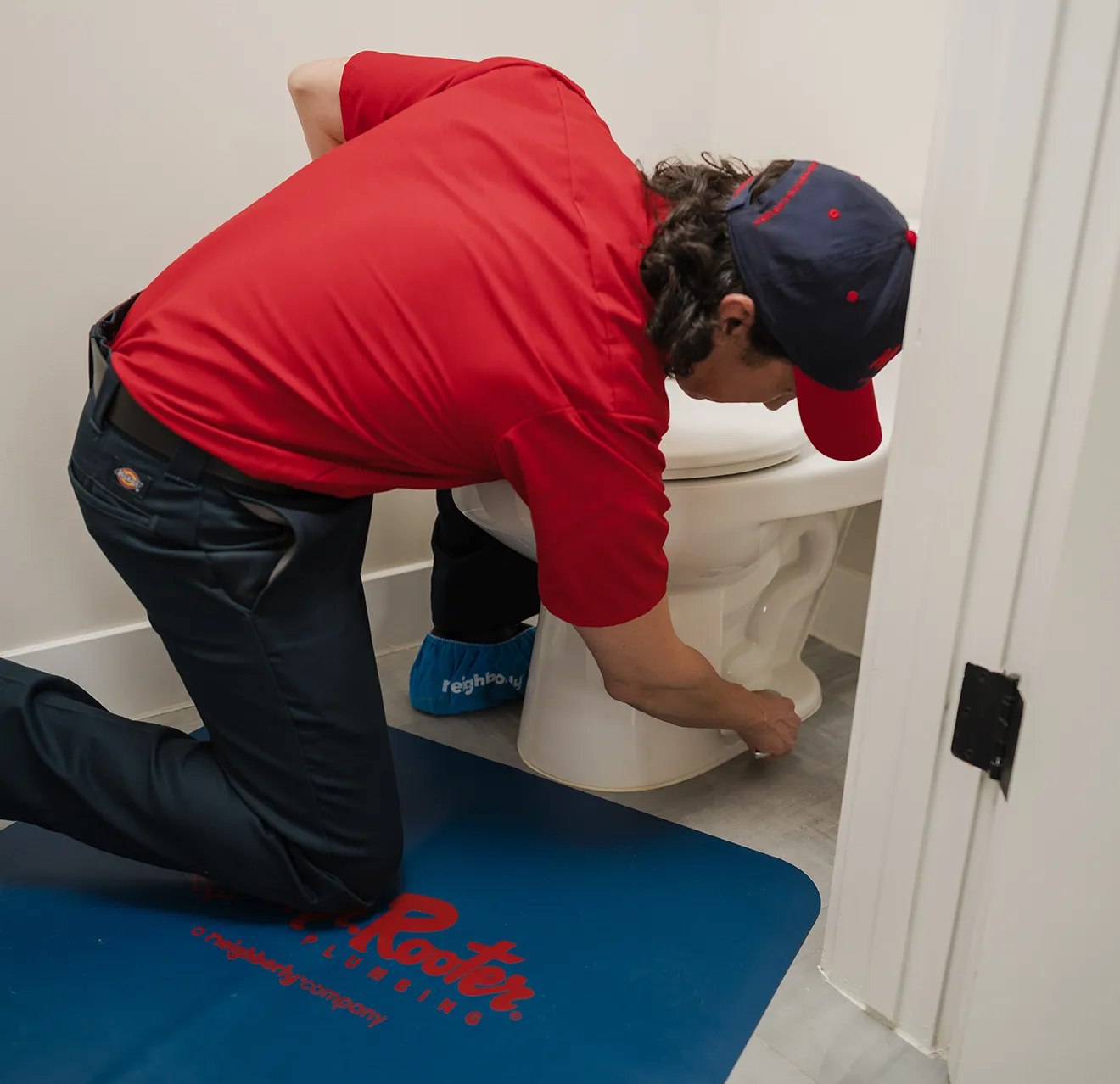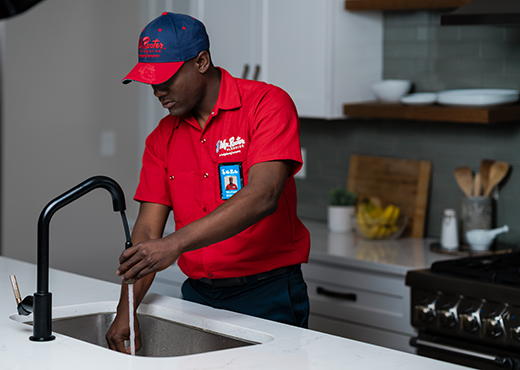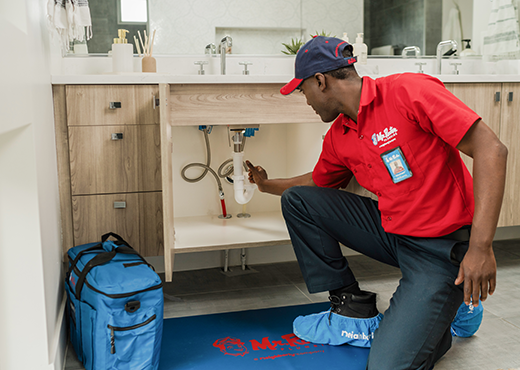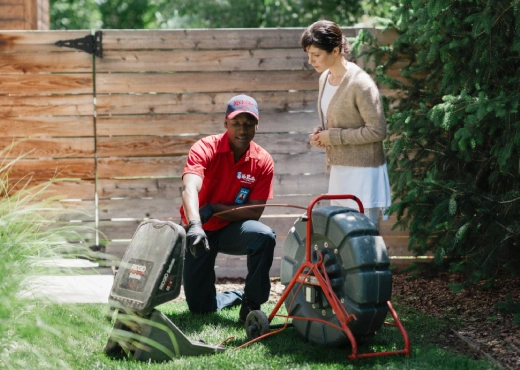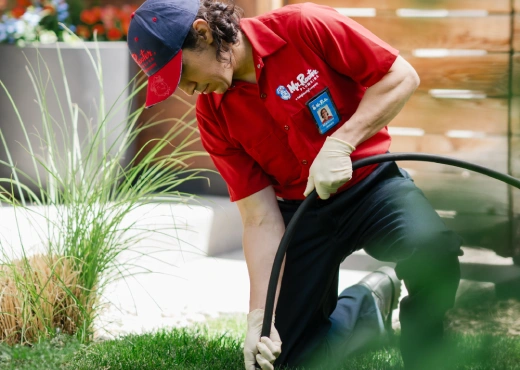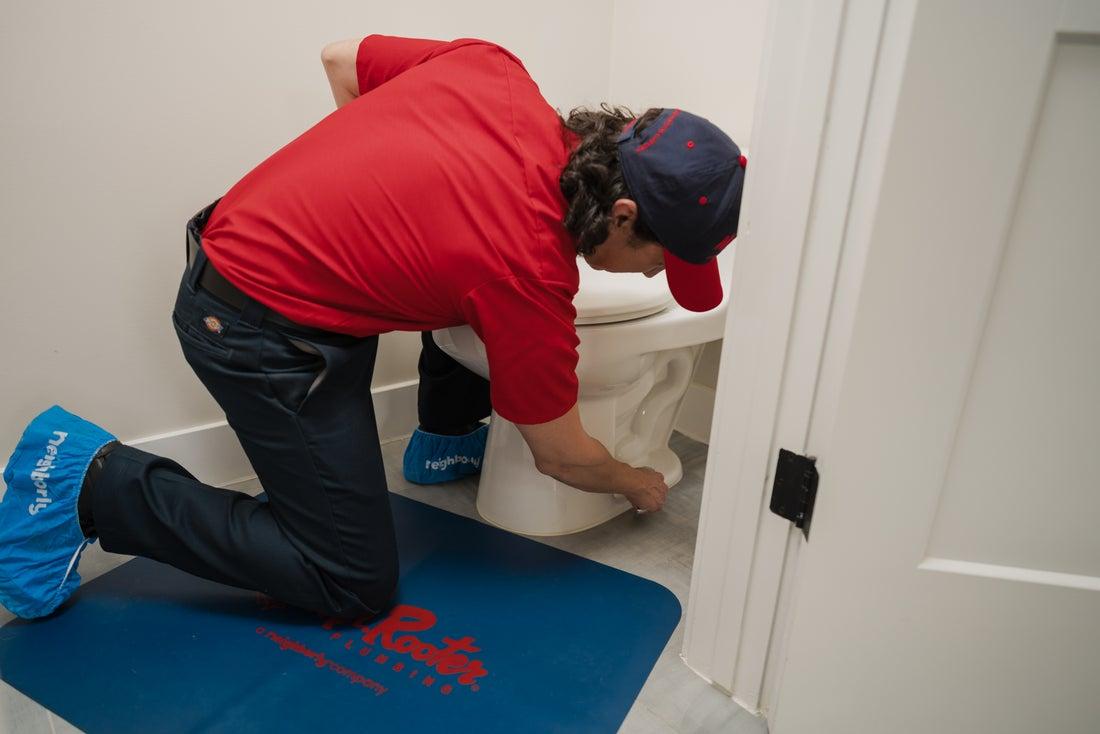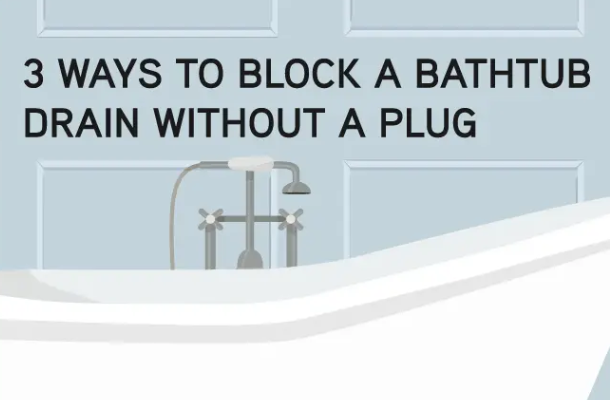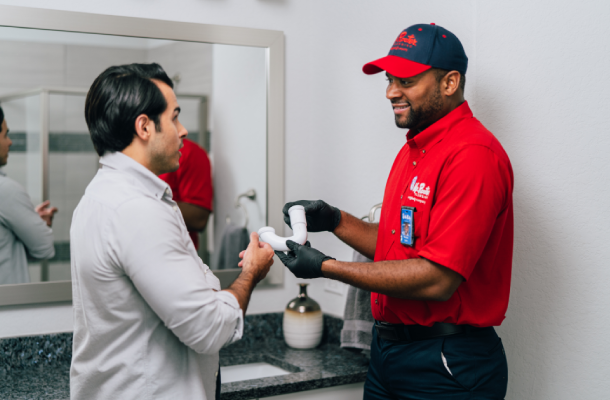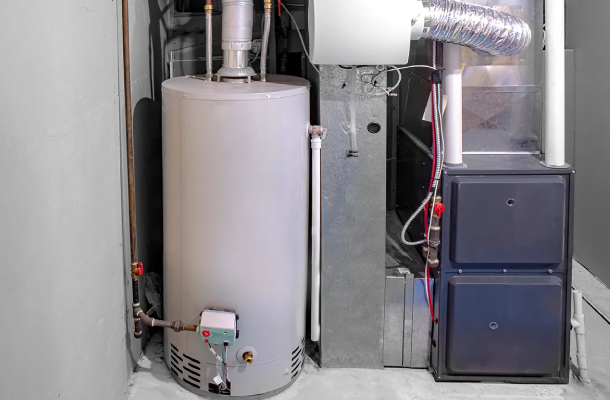Many homeowners have a basic understanding of the way their toilet works and how to fix minor issues. However, many people don’t understand the part of a toilet that is most often responsible for leaks and other issues. This part is known as the closet flange or, more commonly, the toilet flange.
Broken, loose, or improperly installed toilet flanges can cause a toilet to leak from the bottom. Left unaddressed, this can lead to water damage or the release of unwanted sewage and gases into your bathroom. Checking your toilet’s flange should be a staple in your home maintenance checklists. If it’s not, you risk minor issues or potentially major structural damage down the line.
Read on to learn more about our toilet flange repair service.

